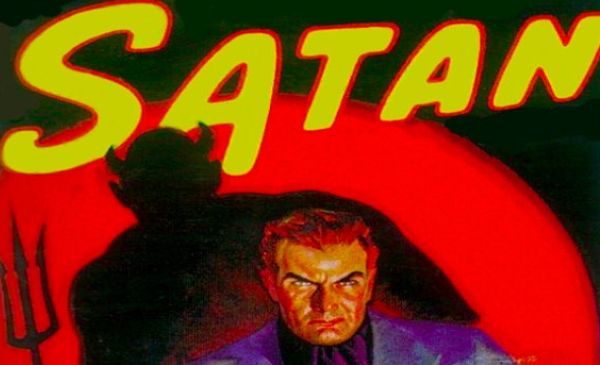
Every brand needs to make a practice of reflecting beliefs. That’s because everything consumers see in the world gets ‘bent’ through the prism of the values they espouse.
With a beliefs strategy consumers no longer think about which brand to buy.
Customers are the ‘who’ of brand strategy. A solid, self-sustaining strategy mirrors customers’ preferences. Having such a strategy entails speaking to them on their level: who they are and associate with, what they do and value. An adept ‘mirror’ brand drives an emotional connection so deep that consumers no longer think about what to buy.
Unfortunately, all too often, companies choose the what (their products, services, etcetera) over the who (their customers). Too often the goal of getting ahead of rivals ends up having only a tangential relationship with getting closer to customers. The solution is to remember that customers buy the brand that makes them feel comfortable, happy, proud and successful. Competitive differentiation means nothing to consumers unless it’s focused on what’s in it for them.
Done correctly, branding becomes internalized and accepted as an extension of the beliefs and values of its loyal, hard-won constituency. Trust and faith add intensity to the quality of branded offers, making them less subject to erosion. Consumers buy brands that provide emotional reinforcement, notably pride, in who they are and the decisions they make.
Thus consumer beliefs and brand equity go hand-in-hand because both are concerned with the long haul. They are about staying power. Core beliefs are built on core emotions, the templates that drive business outcomes. Forget about changing beliefs. A brand makes headway to the extent that it ties into beliefs and avoids what isn’t credible or relevant. How can a company know that its approach is on track? By gauging consumers’ core emotional responses.
Beliefs, Religious And Secular
A good way to start determining any target market’s beliefs is to examine how different societies shape people’s worldview. Companies engaged in global marketing, take note: in The Clash of Civilizations and the Remaking of the World Order (1997), Harvard University professor Samuel Huntington argues that since the fall of the Berlin Wall, the world has divided itself into eight different power blocks. They’re organized around language and religious value systems, requiring companies looking to achieve optimal emotional buy-in to customize their approach.
Just how prominent is religion in defining these power blocks? It’s extremely pervasive. Even in the west, where religion is less prominent, 85 percent of Americans believe God exists. Moreover, the percentage of ‘born-again’ Christians in the United States has risen 12 percent in the past two decades to 45 percent.
Therefore, brand directors and advertising agencies should be deeply attuned to religion’s influence and its role in consumers’ value systems. Otherwise, they risk giving offense. Pride isn’t a trivial emotion. As a mixture of happiness and anger, pride has an edge to it. It contains an element of defiance, a don’t-tread-on-me spirit. Given the emotion’s quality of certainty and triumph, a brand wants to be a facilitator of this emotion rather than an obstacle. No company wants to be seen as an enemy of its target market’s belief system.
In short, reflecting beliefs needs to be a front-and-center strategy. That’s true because beliefs result from a lifetime of learning. They constitute the essence of selfhood, which a person will adamantly defend, sometimes even to the death.
CRM Alone Is Not The Answer
Customer Relationship Management (CRM) is a half-hearted approach to knowing consumers. CRM provides data without any intuitive feeling as to what it all conveys
Because customer relationship management (CRM) emphasizes what over who, it’s too bad that the most common approach to the brand/customer relationship nowadays relies on various CRM software packages. That’s a good first step toward customers. But the current CRM toolkit never makes the whole journey. It starts by recording and organizing individual transactions. Then it determines how much the customers spend, how often they buy, and where and how they make purchases.
Customers, however, have much bigger stories to tell. Executives who understand that an emotional connection is central to the creation of a viable relationship will want to get a bigger perspective. Without a way to get a feel for what the data really means, isn’t CRM software merely a glass half full? The missing void could be filled with vital emotional insight. That step would inform management, designers, marketing staff, salespeople and others at a more comprehensive and pertinent level. Such insight in tandem with transactional history would provide the knowledge required to build a more powerful connection between a company’s brand and its customers. The starting point is figuring out what values emotionally matter most to target customers and delivering on them.
Contributed to Branding Strategy Insider by: Dan Hill, excerpted from his book, Emotionomics, with permission from Kogan Page publishing.
The Blake Project Can Help: Accelerate Brand Growth Through Powerful Emotional Connections
Branding Strategy Insider is a service of The Blake Project: A strategic brand consultancy specializing in Brand Research, Brand Strategy, Brand Licensing and Brand Education
FREE Publications And Resources For Marketers


















